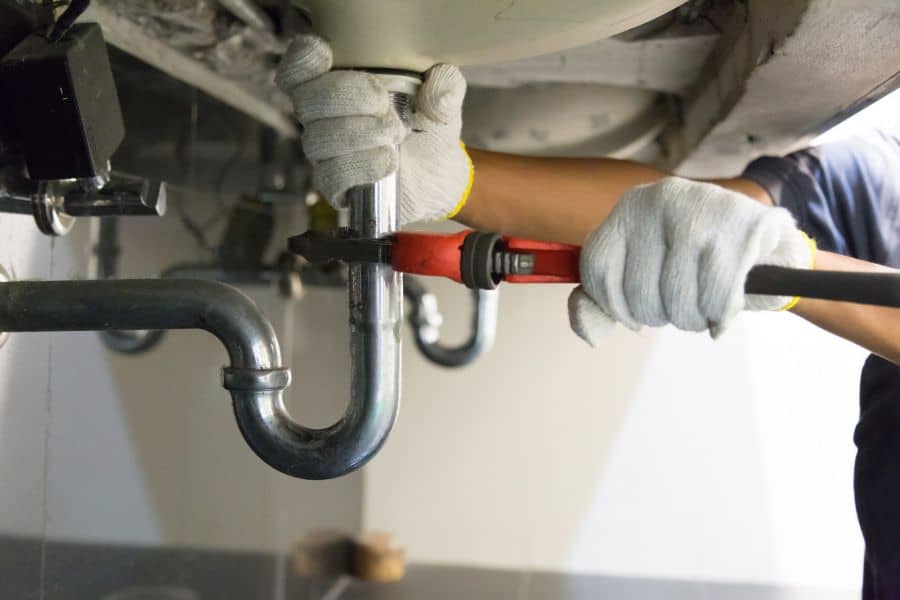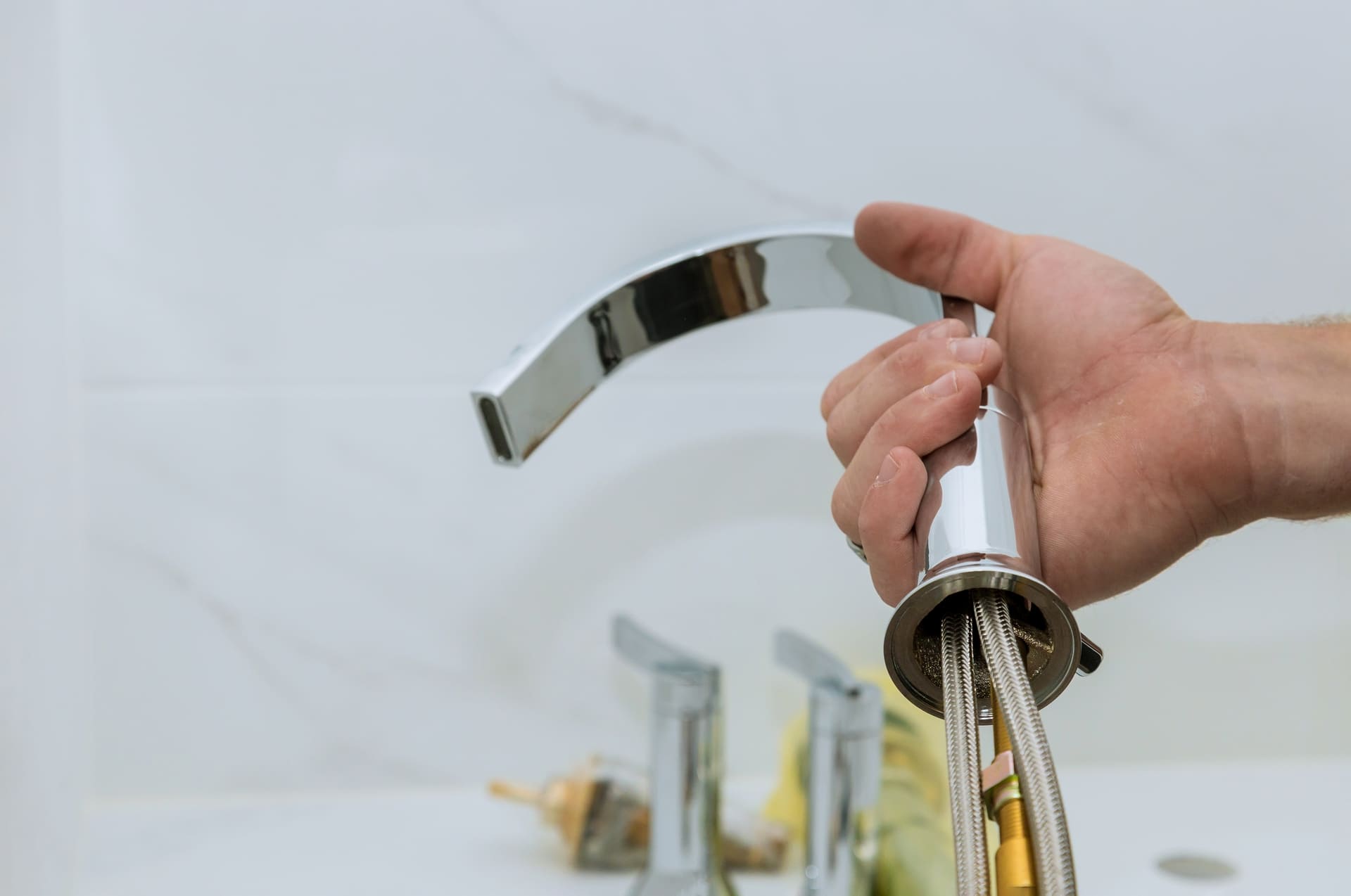
Customers can expect the fastest of responses and next day installs for water heaters and softeners.

Locally owned and operated. The owner and techs are Minnesota natives and are happy to serve their community.

Fill in the contact page and you'll get a response in less than an hour.












Recognizing signs of trouble with your hot water heater is crucial for preventing unexpected inconveniences and potential damage. If you’ve noticed no hot water or lukewarm temperatures, it’s a clear indication that your hot water heater may be reaching the end of its lifespan. Another red flag is cloudy or rusty water, suggesting a worn-out anode rod inside the heater that prevents rusting.
Listen for rumbling or popping noises, as these could be the result of mineral buildup from hard water, creating air pockets in the tank. As a water heater ages, these noises become more prominent.
One of the most urgent signs is leaking. A pool of water around the hot water heater indicates cracks and fissures in the tank, posing the risk of flooding. If you encounter any of these issues, it’s advisable to schedule a replacement promptly. At Dooty Calls Plumbing, we specialize in diagnosing and addressing hot water heater problems efficiently, ensuring a seamless transition to a reliable and efficient system for your home.
Upgrading your plumbing system offers a range of benefits that enhance the overall quality and efficiency of your home:
1. Improved Water Pressure: Upgrading pipes, fixtures, or installing a booster pump ensures consistent water pressure, enhancing the performance of appliances like washing machines and showers.
2. Better Water Quality: Enhance water quality by upgrading the water treatment system. Removing impurities ensures cleaner and safer water for consumption and household use, while a water softener reduces minerals that lead to hard water.
3. Increased Energy Efficiency: New plumbing systems with energy-efficient designs and materials, low-flow fixtures, and tankless water heaters contribute to energy conservation, resulting in reduced utility bills and a smaller environmental footprint.
4. Cost Savings: Plumbing upgrades can lead to cost savings over time by reducing water waste, improving energy efficiency, and preventing expensive repairs and replacements.
5. More Reliable System: Upgrading to newer, durable components increases the reliability of your plumbing system, reducing the risk of leaks and major issues. Regular maintenance further ensures a consistent water flow.
6. Reduced Risk of Leaks and Water Damage: Proactive maintenance and inspections, coupled with plumbing upgrades, help prevent leaks and water damage. Newer components are less prone to wear and tear, minimizing the risk of costly repairs.
7. Eco-Friendly Options: Explore eco-friendly plumbing options like tankless water heaters and rainwater harvesting systems to conserve resources and contribute to a sustainable future.
8. Updated Features and Technology: Modern plumbing systems may include smart faucets, water-saving technology, advanced filtration, and automatic leak detection, enhancing daily life while promoting environmental conservation.
9. Increased Home Value: A new plumbing system is a valuable investment that not only increases the functionality and convenience of your home but also raises its market value. It signals to potential buyers that the property has been well-maintained, creating a positive impression.
10. Improved Overall Functionality: Enjoy better water pressure, improved water quality, and efficient performance from upgraded fixtures and appliances, significantly enhancing the overall functionality and efficiency of your home.Upgrade your plumbing system to experience these advantages, creating a more comfortable, cost-effective, and environmentally friendly living space.
Here’s a concise summary of the excellent and safety tips for installing a new home’s plumbing system:
1. Secure Permits:
Obtain the necessary permits before installing a plumbing system to ensure compliance with code guidelines and safety requirements. Permits allow professionals to inspect and prevent potential mistakes.
2. Consider Plumbing Needs:
Plan for present and future plumbing needs, deciding on the installation locations for drain lines, plumbing, and sewer. Include outdoor plumbing considerations and factor in seasonal variations for durable pipes, especially in winter.
3. Centralize the Plumbing System:
Install key appliances like water softeners, water heaters, furnaces, sewer connections, sewage ejector pits, and sump pumps together for easy maintenance. Basement installation is convenient, but a utility closet on the main floor works as well.
4. Consider Water Softeners:
Install water softeners, even if you don’t have hard water issues currently, to address future concerns. Planning for long-term needs during the initial build saves money and minimizes future installation challenges.
5. Wet Wall Sharing:
Optimize cost efficiency by sharing a wet wall, housing sewer lines, water supply lines, and vent stacks. Instead of separate wet walls for each room, consider layouts where bathrooms or kitchen and laundry rooms share a wet wall, reducing labor and materials.
6. List Down Rooms Needing Water Access:
Consider water access needs for bathrooms, kitchens, laundry areas, and other spaces. Plan for bathroom luxuries, kitchen appliances, and proper drainage in the laundry area. Prepare a layout for future installations, such as a garden, outdoor tub, or pool.
7. Accessible Shut-Off Placement:
Ensure easy access to the main shut-off valve for emergencies. Choose a location with convenient access to quickly shut off the plumbing system during leaks, pipe ruptures, or routine maintenance checks, preventing major water damage and saving money.
Certainly! Here’s a concise summary:
“Reverse osmosis water purification systems stand out by removing up to 99.9% of contaminants, surpassing other filtration methods on the market. This highly effective process targets inorganic materials, including heavy metals and chlorine. Through precise osmotic pressure and membrane permeability, a well-functioning reverse osmosis system can achieve a minimum contaminant removal of 95%, ensuring consumers enjoy clean, fresh-tasting water directly from their taps.”